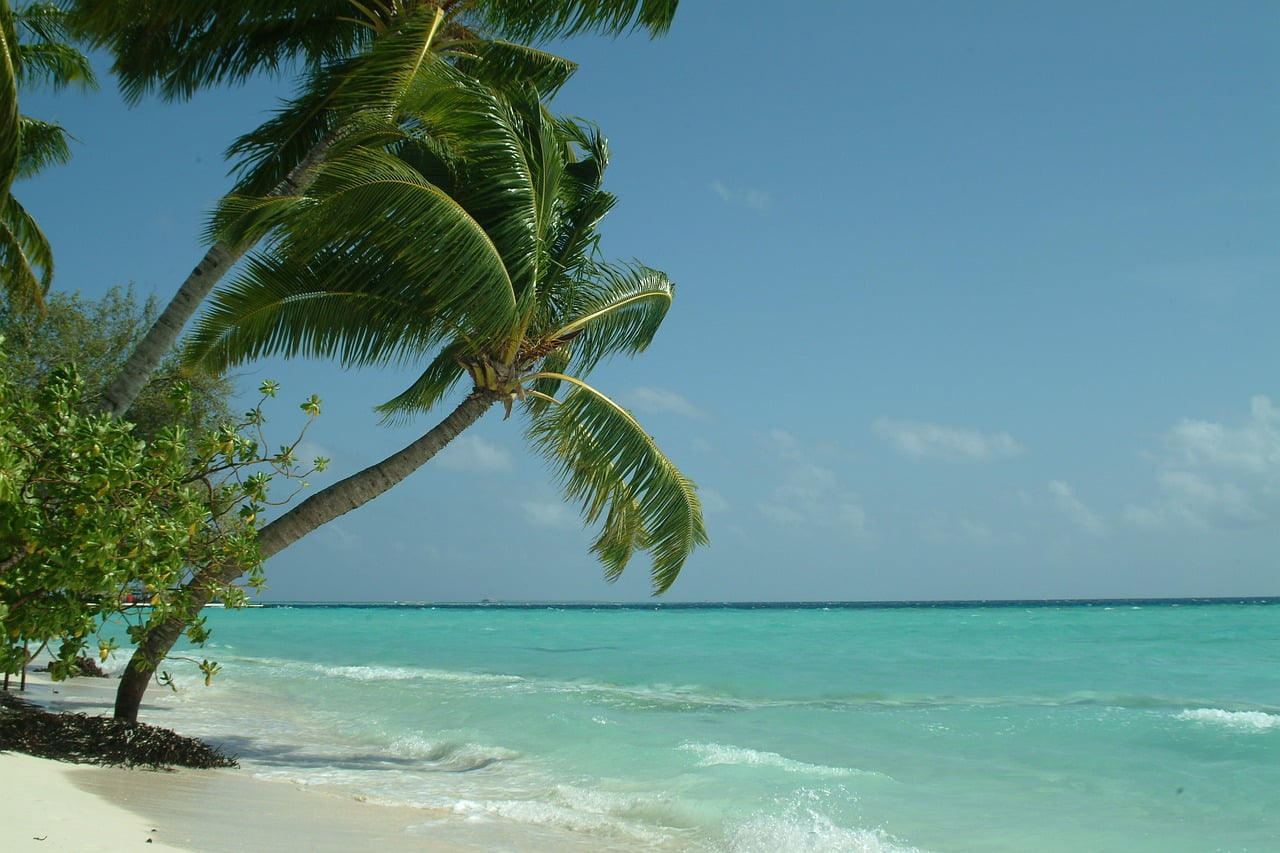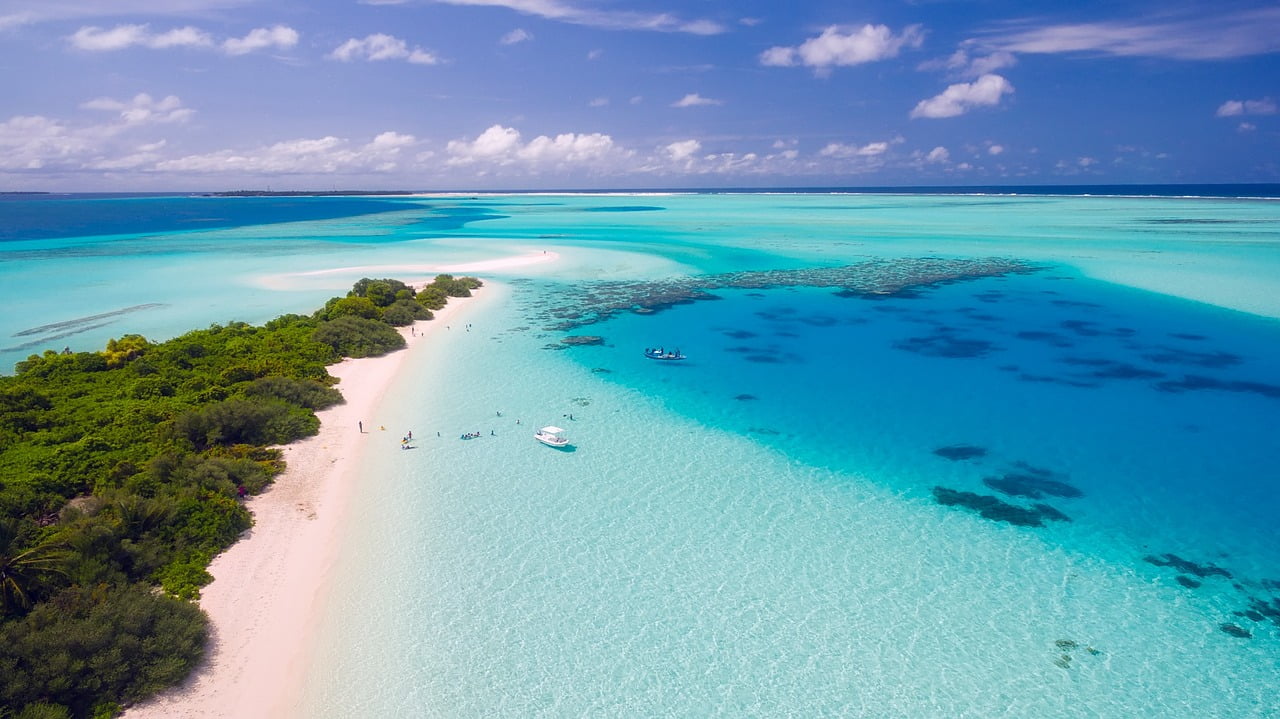Romania’s Flag: Rich History & Symbolism
Every nation has symbols that encapsulate its identity and history, and for Romania, it’s the vibrant tricolor stripes of Romania’s flag. This iconic emblem, with its rich hues of blue, yellow, and red, is not just a representation of the country’s geography, but a tapestry of its storied past, its culture, and its aspirations. In this post, we will delve deep into the significance and history of Romania’s flag, uncovering the tales and traditions behind each color.
Romania Flag Meaning
The tricolor stripes of Romania’s flag aren’t just a simple design choice; they’re deeply rooted in the country’s history, cultural ethos, and national identity. Let’s unravel the symbolism behind each hue:

- Blue: Positioned on the hoist side (closest to the flagpole), blue often symbolizes vigilance, truth, and loyalty. Historically, it can be linked to Romania’s sky and rivers, representing the unyielding spirit of its people and the richness of its natural landscapes.
- Yellow: The central stripe, yellow, is frequently associated with prosperity and joy. Beyond its aesthetic appeal, it evokes the golden fields of wheat that have historically fed the nation. It’s a tribute to the country’s agrarian roots and the prosperity that the land brings.
- Red: Anchoring the flag on the fly side, red is a powerful emblem of courage, valor, and strength. This color has often been associated with the blood shed by Romanians in defense of their land and liberty. It stands as a reminder of the sacrifices made by generations past and the undying passion of the Romanian spirit.
Together, the colors of Romania’s flag weave a narrative of a nation’s journey—its challenges, victories, and unyielding hope for a brighter future. Each time the flag flutters in the wind, it tells a story, and it’s a story every Romanian holds close to their heart.
How old is the Romanian flag
The concept of a tricolor flag for Romania dates back to the early 19th century. However, the exact age of Romania’s flag, in its current form, can be traced to the 1860s. The origin of the tricolor design began during the 1848 Revolution, a time when nationalistic sentiments were sweeping across Europe. Inspired by the French Revolution, Romanians from Wallachia, a region in southern Romania, adopted a blue, yellow, and red flag to represent their push for independence and unity.
While the revolution of 1848 was short-lived, the symbolism behind the tricolor flag persisted. It was only in 1866, following the establishment of a new kingdom under Carol I of Romania, that the tricolor was officially adopted as the national flag, but with the colors vertically arranged as blue-yellow-red.
Over the years, the flag underwent some changes, especially during periods of occupation or regime shifts, like during World War II and the subsequent communist era. However, post the Romanian Revolution of 1989, the country reverted to its original tricolor design.
In essence, while the idea of a tricolor for Romania is nearly 175 years old, the flag, as we recognize it today, has been a symbol of national pride for over 150 years, with brief interruptions. The Romanian flag is not just an emblem but a testament to the country’s resilience, unity, and enduring spirit.
When was the Romanian flag made
The Romanian tricolor flag, with its current arrangement of blue, yellow, and red vertical stripes, can be traced back to the 1860s. Specifically, it was officially adopted as the national flag of Romania in 1867. However, the origins of the tricolor concept date a bit earlier, to the 1848 Revolution in Wallachia. During this revolution, Romanians used a blue, yellow, and red flag as a symbol of their desire for independence and unity. The initial arrangement of the colors during the revolution was horizontal, with blue at the top, followed by yellow and then red at the bottom.
It was in the subsequent years after the revolution, under the reign of Carol I of Romania, that the flag’s orientation was changed to vertical stripes, and the flag was formally adopted in its contemporary form in 1867.
What is the similar flag of Romania?
The flag of Chad is strikingly similar to the flag of Romania. Both flags feature the same three vertical stripes of blue, yellow, and red from the hoist side (from the side closest to the flagpole).
However, while they appear almost identical to the untrained eye, there is a slight variation in the shade of blue used. The blue on Chad’s flag is a darker indigo, while the blue on Romania’s flag is of a lighter, cobalt shade.
It’s worth noting that the similarities between the two flags have occasionally led to confusion in international settings, but each flag holds distinct and separate symbolic meanings for its respective country.
Chad vs Romania flag |Why is Chad and Romania flag so similar?
The similarity between the flags of Chad and Romania is coincidental, and each flag has its own distinct historical and cultural origins.

Romanian Flag

Chad’s Flag
Local customs and traditions related to the flag
Romania, like many nations, has customs and traditions associated with its national flag:
- Great Union Day: On December 1st, Romania celebrates the Great Union Day, marking the unification of Transylvania, Bessarabia, and Bukovina with the Romanian Kingdom in 1918. On this day, the Romanian flag is prominently displayed across the country, in public squares, on official buildings, and in homes.
- Flag Day: Instituted in 1998, Romania celebrates Flag Day on June 26th. The day is marked by ceremonies involving the military and public institutions, where the flag is raised while the national anthem plays.
- Half-mast Tradition: Similar to many countries, Romania lowers its flag to half-mast during periods of national mourning, like the passing of significant national figures or major tragedies.
- National Anthem: Romania’s national anthem, “Deșteaptă-te, române!” (Awaken thee, Romanian!), while not directly about the flag, embodies the spirit and pride of the nation, often sung during ceremonies involving the flag.
For more information check out the official website of tourism for Romania.
Check out other posts
Maafushi: Best of Maldives
Maafushi: Best of Maldives Maafushi is in our opinion if not the best one of the best islands to stay in your vacations to Maldives.…
When is the best time to travel to the Maldives?
When is the best time to travel to the Maldives? The best time to travel to the Maldives is during its dry season from December…
Is it worth visiting Brașov? Best of Romania
Is it worth visiting Brașov? Best of Romania On our journey from Bucharest to Transylvania, we found a hidden jewel nestled in the Carpathians: Brașov.…




